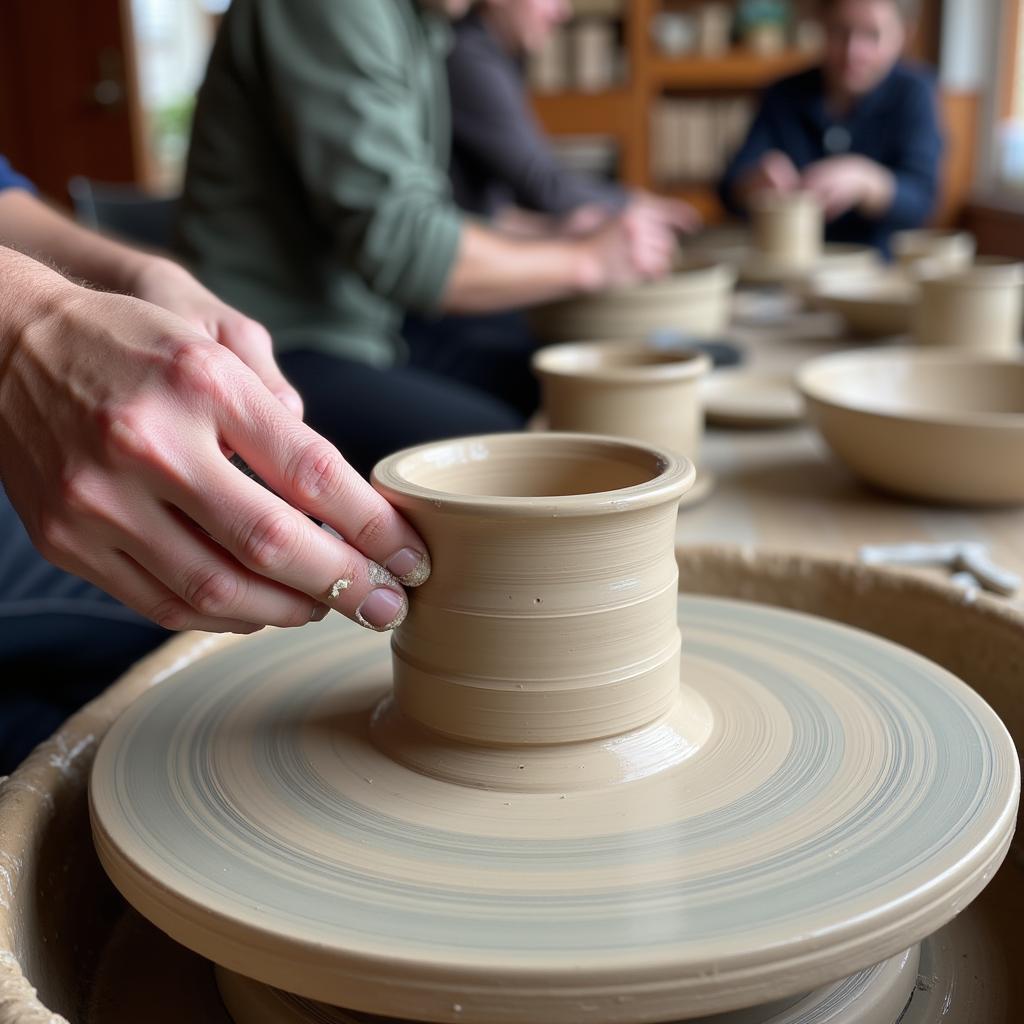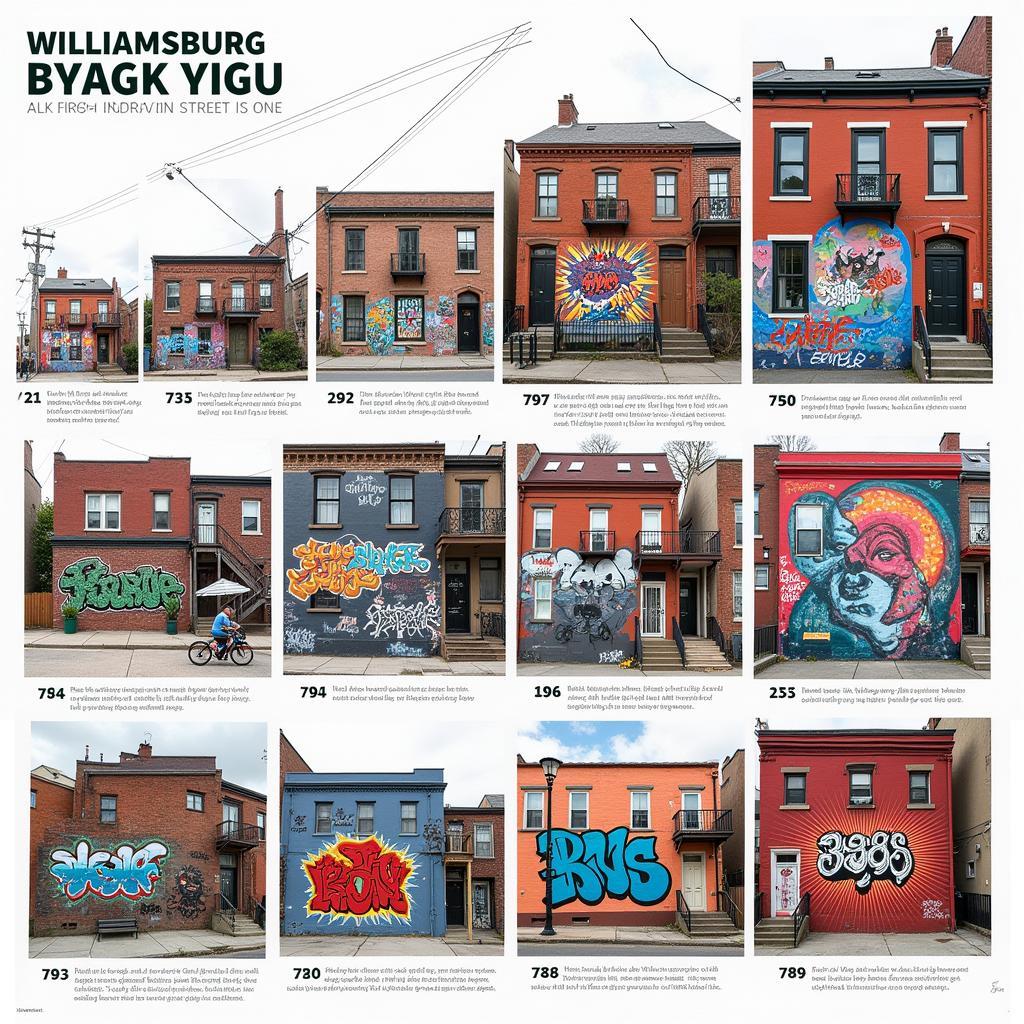Unveiling the Allure of Old Portrait Art
Old Portrait Art, spanning centuries and continents, offers a captivating glimpse into the past. More than just painted likenesses, these works of art provide insights into fashion, societal norms, and the aspirations of those immortalized on canvas. From the enigmatic smiles of Renaissance muses to the stately poses of 18th-century nobility, old portraits continue to fascinate and inspire us today.
Delving into the History of Portrait Art
The desire to capture one’s image is hardly new. Ancient civilizations, from the Egyptians to the Romans, utilized portraiture to commemorate rulers and loved ones. However, it was during the European Renaissance that portrait art truly flourished as a distinct genre. Artists like Leonardo da Vinci and Raphael revolutionized painting techniques, introducing realism and psychological depth to their subjects.
The Renaissance: A Golden Age for Portraits
The Renaissance marked a turning point in portrait art. Artists began to move away from stylized representations, striving instead for lifelike portrayals that conveyed personality and emotion. Perspective, light, and shadow were masterfully employed to create a sense of three-dimensionality. The introduction of oil paints allowed for greater detail and subtlety in rendering skin tones and textures.
Beyond the Elite: Expanding the Scope of Portraiture
While early portrait art primarily focused on the wealthy and powerful, the genre gradually expanded to include a wider range of subjects. Artists began to paint merchants, scholars, and even common folk, providing a more comprehensive view of society during different eras.
Techniques and Styles in Old Portrait Art
Old portrait art encompasses a vast array of techniques and styles, each reflecting the prevailing artistic trends and cultural influences of its time.
The Flemish Masters: Realism and Symbolism
Flemish painters, such as Jan van Eyck and Rogier van der Weyden, were renowned for their meticulous attention to detail and mastery of oil painting. Their portraits often incorporated symbolic elements, such as objects and gestures, to convey deeper meaning about the sitter’s status, beliefs, or personality.
The Impressionistic Touch: Capturing Fleeting Moments
In the late 19th century, Impressionist artists like Pierre-Auguste Renoir and Édouard Manet brought a fresh perspective to portraiture. They moved away from formal poses and meticulous detail, instead using loose brushstrokes and vibrant colors to capture the fleeting play of light and shadow on their subjects. Their portraits conveyed a sense of spontaneity and immediacy.
Beyond the Canvas: Exploring Different Mediums
While painting was the dominant medium for portrait art throughout history, artists also explored other materials and techniques. Sculptural busts, miniature portraits on ivory, and even intricate mosaics offered unique ways to capture the likeness and essence of individuals.
The Enduring Appeal of Old Portrait Art
Today, old portrait art continues to fascinate and inspire us. These works provide a tangible link to the past, allowing us to connect with individuals who lived centuries ago. They offer a window into the fashion, customs, and beliefs of different eras. Moreover, the artistic skill and technical mastery displayed in these portraits continue to awe and influence artists today.
Conclusion
Old portrait art offers a captivating blend of history, artistry, and human connection. From the meticulous realism of the Flemish masters to the Impressionists’ embrace of light and color, these portraits invite us to contemplate the lives and stories of those who came before us. Whether admired for their historical significance or artistic merit, old portraits continue to captivate and inspire viewers centuries after they were created.
FAQs
1. What makes old portrait art valuable?
The value of old portrait art is determined by factors such as the artist’s renown, the painting’s condition, historical significance, and aesthetic appeal.
2. How can I learn more about the stories behind old portraits?
Museums often provide detailed information about the subjects and context of their portrait collections. Art history books and online resources can also offer insights.
3. Are there modern artists who still paint in the style of old masters?
Yes, some contemporary artists specialize in traditional techniques, creating portraits that evoke the style of old masters.
4. Where can I see examples of old portrait art?
Major art museums around the world typically have extensive collections of old portrait art. You can also find examples in private collections and online galleries.
5. Can I purchase old portrait art?
Yes, old portrait art is available for purchase through auction houses, art dealers, and online marketplaces. However, it’s important to authenticate the artwork before making a purchase.
For any assistance, please contact us at Phone Number: 02462573573, Email: danteum@gmail.com. Or visit us at Savico Megamall, 7-9 Đ. Nguyễn Văn Linh, Gia Thụy, Long Biên, Hà Nội 10000, Việt Nam. Our customer service team is available 24/7. You might also be interested in fruit art prints and galerie art figuratif.


